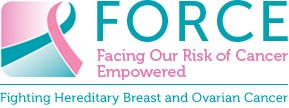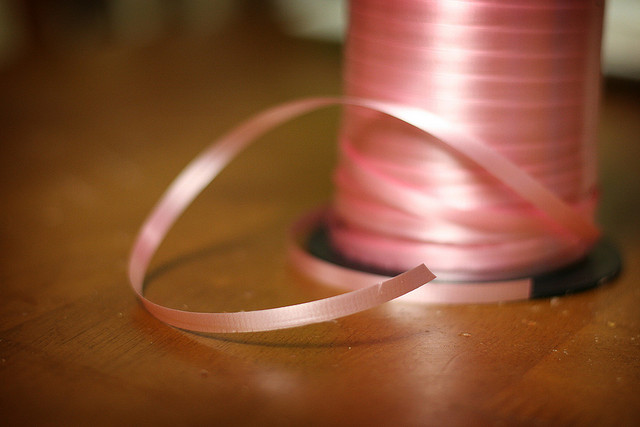Abby recently found out that she has a family history of breast cancer — she has a cousin and a grandmother who have both been diagnosed at different stages. Abby is 37 years old and doesn’t have breast cancer, but the idea that she might have a higher risk of getting the disease because of her family history concerns her. She has decisions that she has to make about her health and what she needs to do to reduce her risks. Abby is known as a Previvor.
According to FORCE, Facing Our Risk of Cancer Empowered, a Previvor is an individual like Abby who may have a predisposition to cancer but who hasn’t actually had the disease. This includes people who carry a hereditary mutation, a family history of cancer, or some other predisposing factor.
In 2010, Congress passed the first-ever National Hereditary Breast and Ovarian Cancer (HBOC) Week and National Previvor Day to help raise awareness about hereditary cancer.
How do you know if you have a hereditary or higher risk for developing breast cancer?
Uncover your family history
To find out if you have a hereditary risk of being diagnosed with breast cancer – start by taking a full health history of your own family. If any of your family members have battled breast cancer, find out how old they were when they were diagnosed, the type of breast cancer and the stage. And find out what age they were if they unfortunately succumbed to the disease. This family history should be as complete as possible and go back for as far as you can.
Your risk of getting breast cancer may increase if you have a first degree family member — mother, father, sister, or daughter — or multiple family members on either your mother’s or father’s side of the family who have had breast cancer.
According to the Centers for Disease Control, hereditary cancer syndromes are caused by mutations (changes) in certain genes passed from parents to children. In a hereditary cancer syndrome, certain patterns of cancer may be seen within families.
Genetic testing
The most publicly recognized breast cancer susceptibility genes are BRCA1 and BRCA2 but there are others. If you have a personal or family history of breast cancer, you can undergo BRCA genetic testing. A negative BRCA test result means that you do not have a detectable mutation in BRCA1 or BRCA2. Some families have a BRCA mutation that is missed by this test, or another gene (s) that might explain the cancer in the family. If you test negative for a BRCA mutation previously found in another family member, then you may have a true negative result. A variant result means there is a variation in your genetic code, but it is unclear if it is the cause of the cancer in your family. If you undergo genetic testing it is strongly recommended that you seek genetic counseling to understand the results and what the options are for your health.
Calculate your risk
Studies have shown that your risk for breast cancer is due to a combination of factors. The main factors that influence your risk include being a woman and getting older. Most breast cancers are found in women who are 50 years old or older.
Some women will get breast cancer even without any other risk factors that they know of. Having a risk factor does not mean you will get the disease, and not all risk factors have the same effect. Most women have some risk factors, but most women do not get breast cancer. If you have breast cancer risk factors, talk with your doctor about ways you can lower your risk and about screening for breast cancer.
 At the doctor’s office, you are given pages upon pages of paperwork to fill out about
At the doctor’s office, you are given pages upon pages of paperwork to fill out about “Breast cancer” are two of the scariest words for women. Adding to the pain and fear, options for breast reconstruction after a full or partial mastectomy or lumpectomy are fraught with myths and misinformation.
“Breast cancer” are two of the scariest words for women. Adding to the pain and fear, options for breast reconstruction after a full or partial mastectomy or lumpectomy are fraught with myths and misinformation. 









 Have you ever heard that wearing a bra with underwire increases your chances of breast cancer?
Have you ever heard that wearing a bra with underwire increases your chances of breast cancer? 




